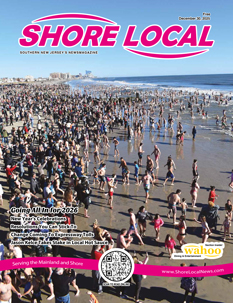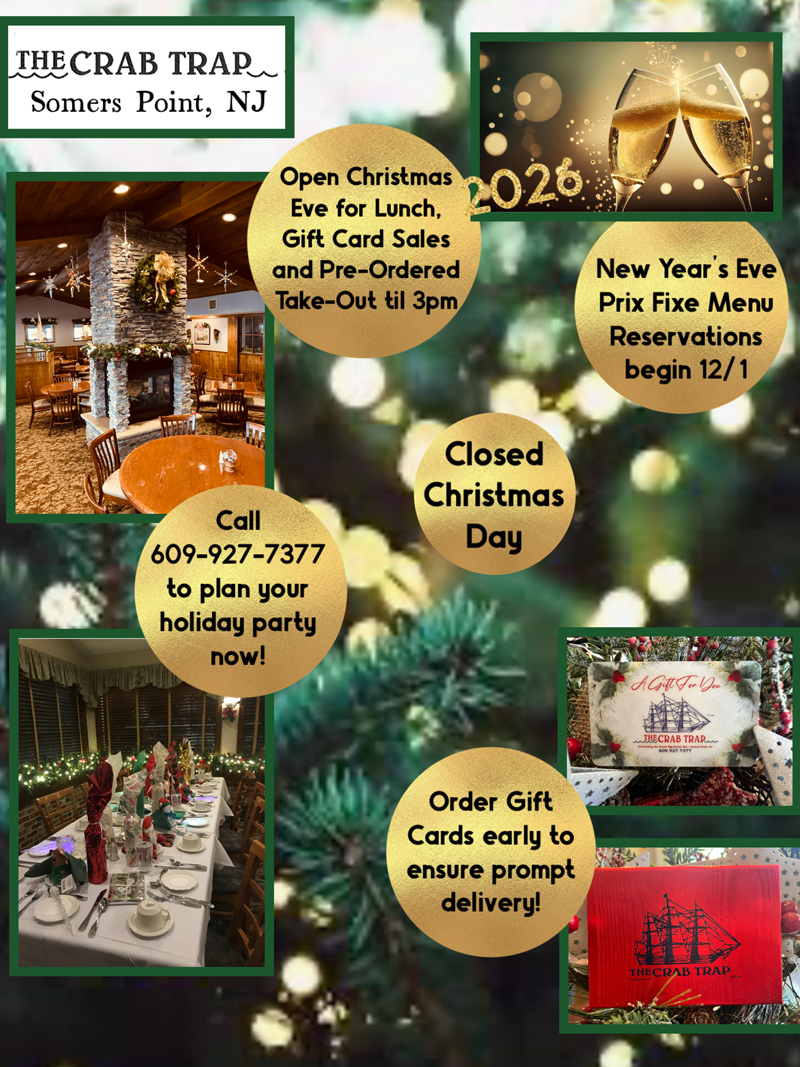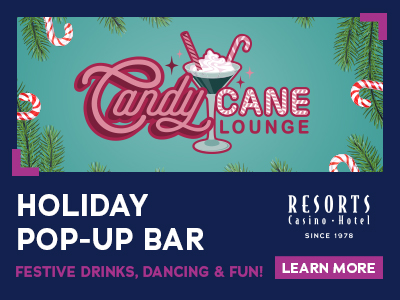Drink Up!
By David Setley
Earlier this summer, my articles took you on a tour through the wine regions of Italy. I hope you enjoyed the journey! For the next few weeks, I will share highlights of my recent tour of three of the wine regions of France. My wife and I enjoyed a wonderful vacation in the Champagne region, the Loire Valley region and the Bordeaux region a few weeks ago. Let’s start with the Loire Valley, a region known for its many chateaus, and as the “Garden of France” for its many diverse orchards, gardens, and vineyards.
The Loire River is the longest river in France at 634 miles, starting near Ardeche in the mountains of central France, traveling north and west to Nantes, before emptying into the Atlantic Ocean. The fertile soils of this region have been farmed for more than 6,000 years, earning Loire Valley the title as the “Garden of France.” Vineyards were introduced to the Loire Valley during the Roman Empire. After their fall, the Huns had a short stint of rule until King Clovis I, the first King of France, reconquered the region in the year 506. Christianity returned to the region and, thanks to local bishops St. Gatian and St. Martin of Tours, vineyards flourished. Today, we benefit from their work through the wonderful and diverse wines that we enjoy from the Loire Valley.
On our trip, home base in the Loire Valley was a small apartment in the town of Amboise. The ancient name of this town was Ambacia, meaning “between two waters” because the town is located at a point where the river splits into two around this Île d’Or (the Golden Island). Our apartment was literally at the base of the battlement walls of the Château Royal d’Amboise, the most recognized monument in town. This is one of the more than 300 chateaus in the mid-Loire Valley. It is designated as a Chateau Royal, as it was the residence of multiple kings, including Charles VII and Francois I. The chapel of the Chateau d’Amboise is where the remains of Leonardo Da Vinci rest. Da Vinci was commissioned by Francois I to come to Amboise in the final years of his life.
We visited numerous other famous Chateaus of the Loire Valley, including Château du Clos Lucé, the final home of Leonardo Da Vinci; Château de Chenonceau, the so-called ladies’ chateau, and Château de Chambord, a large chateau in an enormous enclosed park that could fit all of Paris within its walls. We also discovered the Chateau Gaillard, a relatively small but beautifully restored Italian Renaissance-style residence. It was here that orange and lemon trees were first imported to France. To keep the trees alive, the master gardener of the time invented large greenhouses called orangeries to protect the trees from season to season.
The appellation of the Loire Valley in and around Amboise is AOC Touraine Amboise. I was mostly unfamiliar with this subregion but soon learned that, in typical French tradition, most of the wines sold in the area are wines produced in the area. At least 60% of the wine produced is red and is made from Cabernet Franc, Gamay, and Malbec grapes. White wines are made from Chenin Blanc and make up only about 10% of the wines produced there; the remaining 30% are rosés. We tasted all the varietals noted above, the most notable of which were the Cabernet Franc and the Chenin Blanc. We also purchased a regional rosé at the local grocery store that was produced from a grape called Cot. Locals will tell you that Cot is the original name for what most know as Malbec. Having never had a rosé made from Malbec, I was eager to try it. The color was a bit darker, and the flavor more intense than Provence-style rosés. Delicious.
We visited the Caves Ambacia just on the outskirts of Amboise. Caves, in French wine terminology, are massive wine cellars dug, in some cases centuries ago, into the limestone bedrock of the region. Caves provide natural temperature and humidity control that is ideal for storing and aging wine. The caves we saw were lined with barrels and bottles of wine in varying stages of the aging process.
Beyond the Touraine Amboise, we explored Vouvray, Loire Valley’s Chenin Blanc region. The terroir of this region is unique, as it is located on a plateau high above the river. This provides the region with a relatively warm maritime influence with breezes moving through the valley from the Atlantic Ocean. Additionally, the limestone just under the clay soil, called tuffeau, creates the perfect combination of drainage and water retention that protects the vines from both drought and floods.
Vouvray white wines are incredibly food-friendly and pair perfectly with seafood, poultry, or pork. They are light- to medium-bodied with high acidity and tasting notes of pear, honeysuckle, ginger, and green apple. The Chenin Blanc grape is used to make dry, off-dry, sweet, and sparkling wines. We had the pleasure of tasting them all during one of our favorite tours at the Château Vigneau-Chevreau.
Christophe, who owns and operates the vineyard and winery alongside his brother Stephane, generously offered us a tasting of each wine available. Our favorite was the Vigneau-Chevreau Cuvée Silex. Silex is the type of soil present at the vineyard and is rich in flint, which results in outstanding minerality in the wine. Great news! This exact wine is now available at Passion Vines! I was so excited to learn that Vigneau-Chevreau distributes to the United States and immediately sourced it through one of our fabulous vendors upon my return. I invite you to come in and try a bottle.
Next week, I’ll share more from our French adventure. As always, contact me with any questions at dsetley@passionvines.com, or stop into the store. Until next time, “Santé” and Happy Wining!
David Setley is enjoying his retirement from higher education as a wine educator and certified sommelier at Passion Vines in Somers Point, New Jersey.










